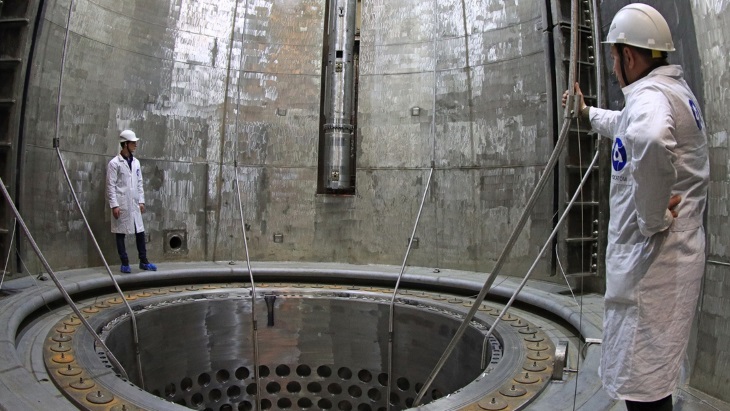This process also includes the development of transport and technological operations to move the simulators of heat-emitting assemblies (ITVS) from a special fresh fuel storage facility to the reactor building, and confirmation of the unit's readiness for fuel loading.
"The simulators are an exact copy of fuel assemblies, in terms of weight, size and materials, but they do not contain nuclear fuel," said Vitaly Polyanin, director of the Belarus NPP construction project and vice president of Rosatom subsidiary ASE. "They are intended for use during commissioning at the stage of cold-hot testing of the reactor."
Once all 163 of the ITVS have been loaded, assembly of the reactor will be completed and then, on receipt of the relevant permits, hydraulic tests will begin. This stage "opens a huge cycle of mandatory and strictly regulated technologically complex processes carried out during the preparation of the power unit for physical start-up", Polyanin said.
The Ostrovets plant consists of two VVER-1200 reactors with a total capacity of 2400 MWe. Rosatom describes the VVER-1200 design, of which the Ostrovets unit is the first to be built outside Russia, as "the backbone" of its export portfolio that comprises 36 units across 12 markets.
Last week, the European Nuclear Safety Regulators Group (Ensreg) announced it had approved the preliminary report on a peer review of the new Belarusian plant. Adopted by consensus on 3 March, the report follows a mission by Ensreg technical experts to the plant site on 9 and 10 February.
Unit 1 was connected to the grid in November last year.





_53514_33880.jpg)


_91467.jpg)





